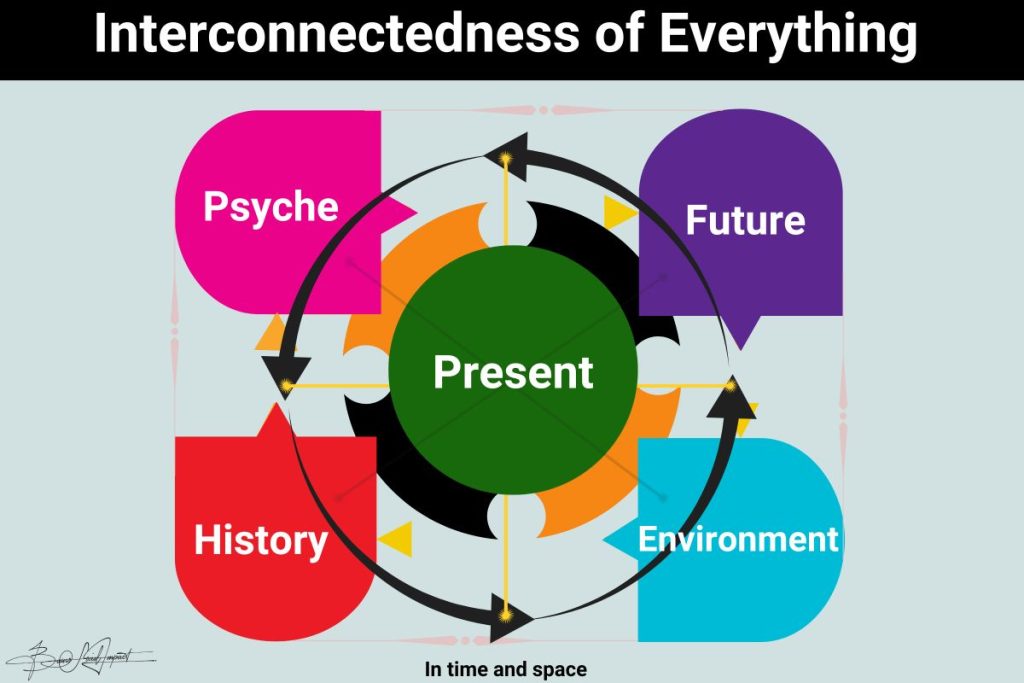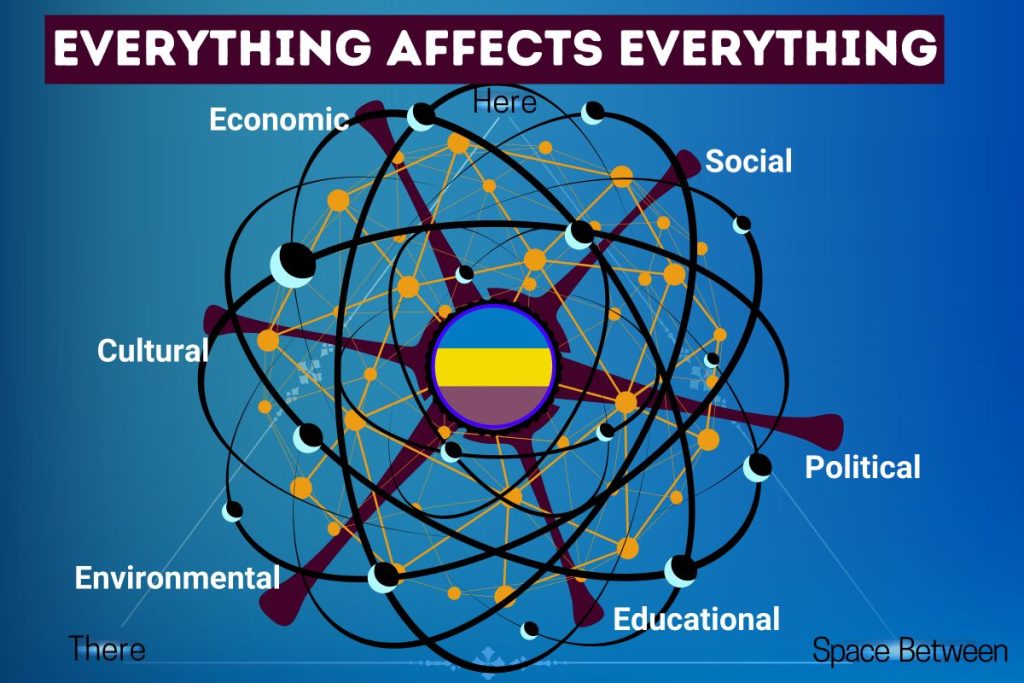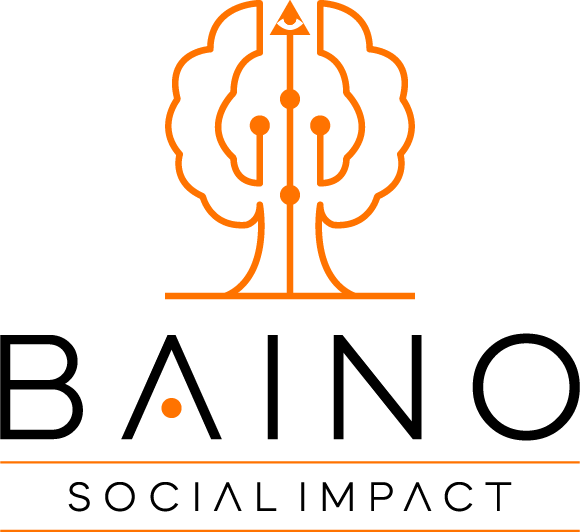Busoga needs to address the issue of poor public perception.
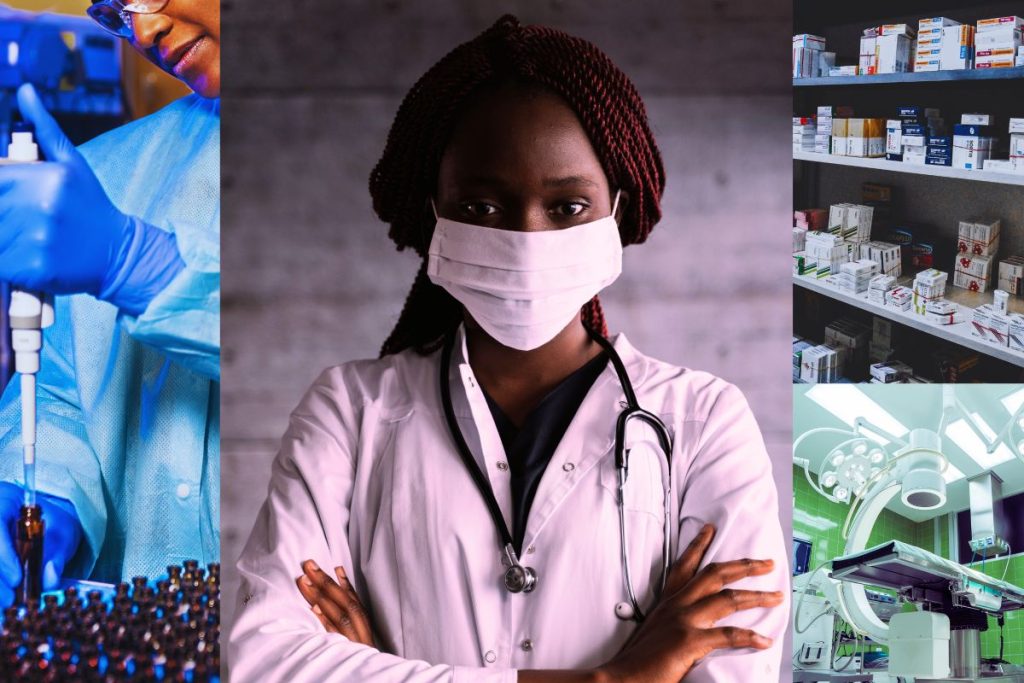
‘Futureview’ is the term we use to mean the perceived portrait of the image of Busoga in the near and distant future. It’s a summarised mental picture of what can be: a vision of future hopes and dreams.
Every effort required to influence the destiny of our region is of utmost importance; everything counts. And right now, the essential query we demand a response to is:
How can we motivate each stakeholder to support and actively participate in the initiatives and regulations designed to realise this Busoga vision?
A Poor Public Perception
An inferior public perception of Busoga is one of the other most pressing challenges we’ve never addressed.
Public perception is a non-physical phenomenon that cannot be measured. However, it is real, can be felt, and has consequences. It presents a difficult obstacle for Busoga and all her efforts to achieve the defined vision.
Public perception can be defined as a set of beliefs or opinions many people hold based on how things seem. Public perception can have substantial implications for the design and execution of activities required to reach any specified objectives.
General public opinions have enormous power to influence how the majority intuitively recognise, understand and act, utilising the senses and state of mind.
Public perception matters—a lot. Why? Because it has social-political and economic effects.
Common perceptions influence people’s decisions about everything in all fields: business, the workforce, law enforcement, employment, health, lifestyle, talent development, and other vital sectors.
Unfortunately, the public perception of Busoga as a community is deeply pessimistic. And with its relations with the rest of the nation, it’s affecting the region’s children, adults, and society at large. It’s increasingly taking a toll on the fabric of the region.
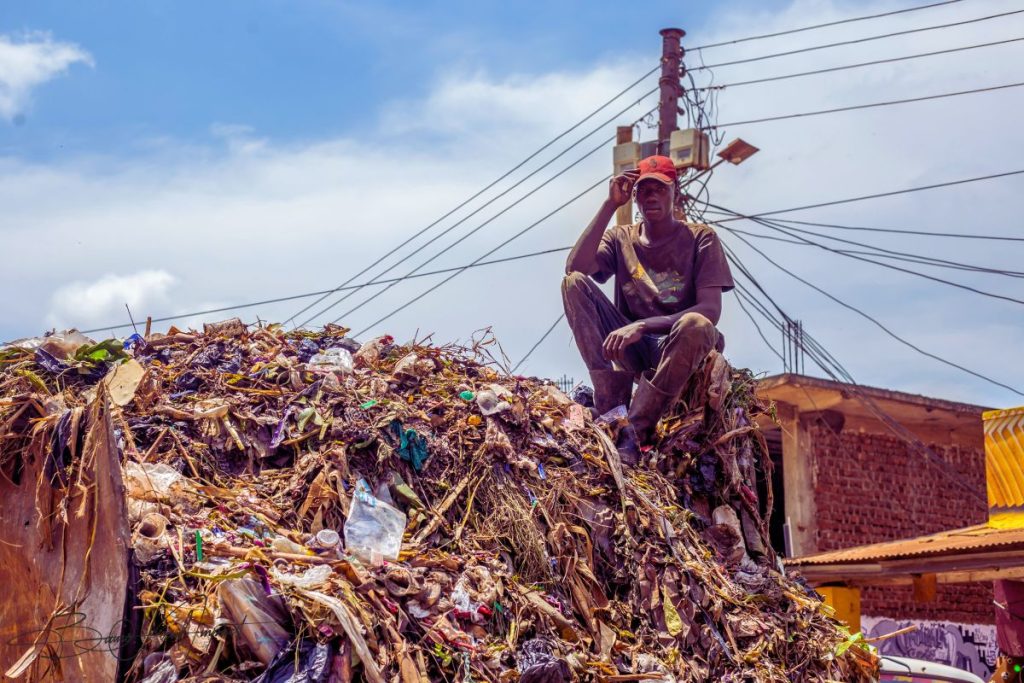
Sadly, the people of the Busoga region are being viewed and treated as unintelligent and people who can’t learn much—people who are sickly, weak and can’t attain anything substantial.
Such sentiments, mockery and abuse are recited frequently in casual public conversations. They are increasingly becoming accepted in mainstream media and the entertainment industry.
Children and youths of Busoga origin must carry this burden wherever they go, including in schools and other institutions of importance. They are being forced deep into an inferior position they can’t afford to add to a list of other challenges they already have.
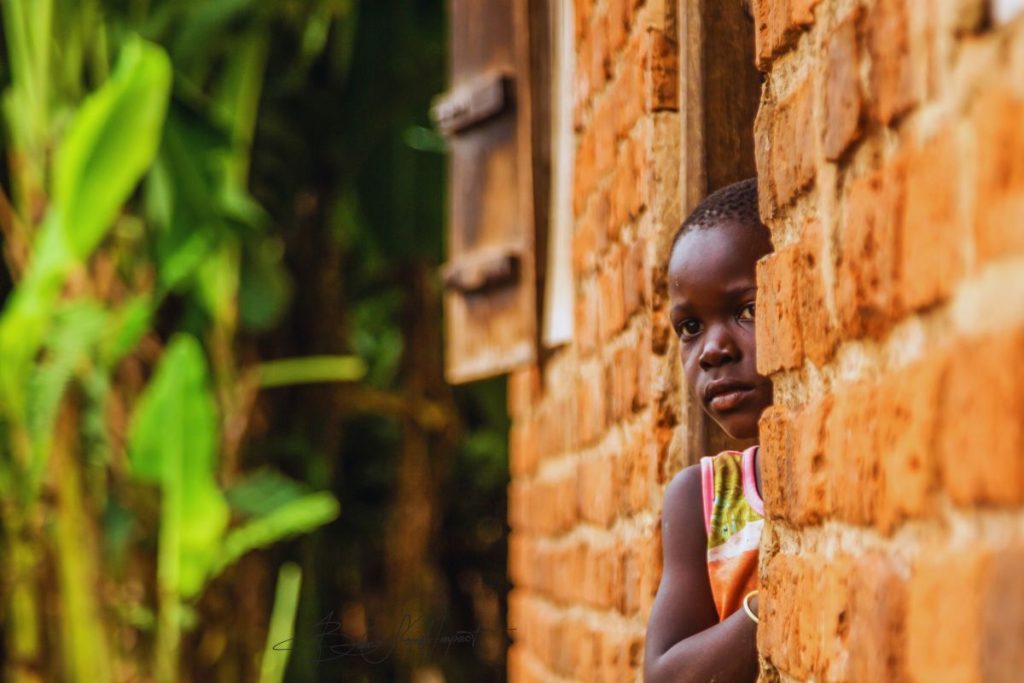
Nothing inflicts more consequential psychological and emotional damage on a person than to compromise their sense of dignity.
Several experts in the study of how the brain and mind operate have highlighted that repetition is the first principle of learning.
The adage ‘practise makes perfect’ demonstrates how repetition increases learning, information retention, adaptability, and programming.
The biases through which people of Busoga are being framed are fatally marginalising and continuously ingrain the region in a structural social meaning that victimises it.
These biases have behavioural consequences primarily because they influence people’s morals, psychology, aesthetic preferences, insight, intuition and judgement.
As one of the paths to achieving its declared vision, Busoga region must endeavour to transform the negative narrative around and about it. Otherwise, it will struggle to advance in an atmosphere that normalises segregating and isolating its offspring. Power systems that monopolise critical and life-changing chances while treating her children as outsiders can only lead to flawed outcomes.
For a brighter future, Busoga needs to build and manage a positive futureview as one of the requirements of attaining Busoga’s vision.
Again
- How do we encourage every stakeholder to support and actively participate in the actions and policies to build this Busoga vision?
- How do we prepare the children to become good stewards of the visioned future and maximise the predictable benefits it promises?
- How do we establish an environment that will positively impact their present thoughts and actions to shape and determine the desired future?
- The image our children see on the screen of their minds in the coming days directly influences everything they see and do right now.
Futureview Is a Mental Image
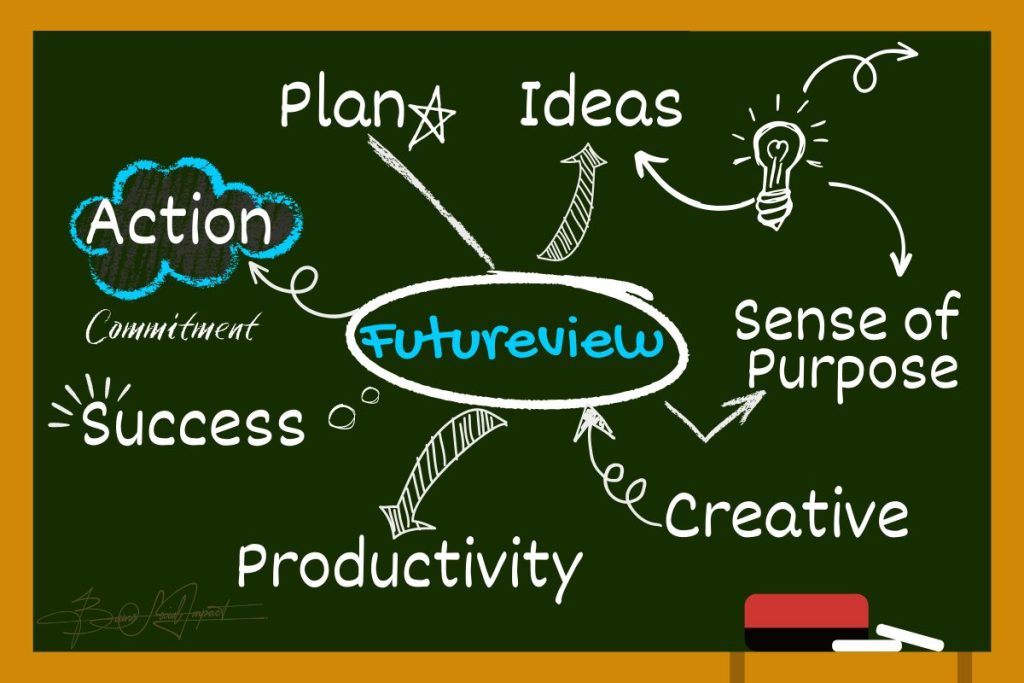
Futureview is not synonymous with goal setting or a plan. Instead, it’s the mental image firmly held in the mind beyond any doubt, as if it is a reality in the making. It is necessary because it acts as a supportive system to envision what may seem contrary to the appearance of circumstances.
In contrast to dreaming, which involves wishing for a better future, futureview entails determining the concrete steps required to realise the vision.
No one can accurately predict the future in a more complicated and unpredictable modern world because things are changing rapidly. Yet, it is also true that humanity has only advanced by planning for the future—and that progress has been achieved.
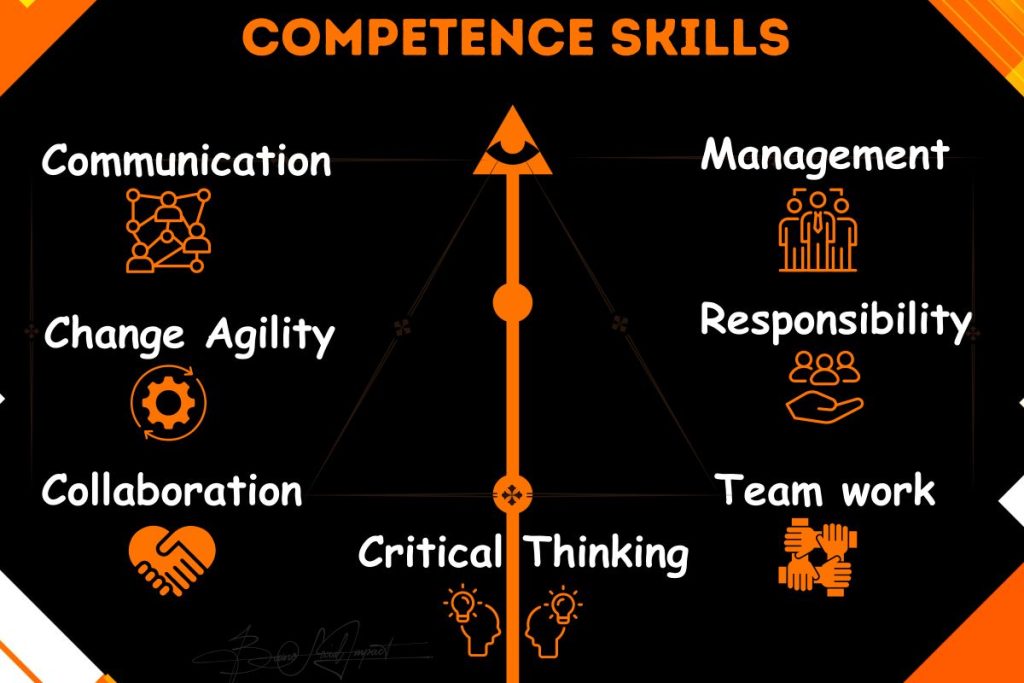
An aligned future view can spring a sense of purpose, direct society’s progress, and actively shape society’s future in its desired direction.
The mental picture in the consciousness of Busoga region needs us to repaint it to reflect the potential for real innovation, growth, and prosperity—not a state of despair. We must repaint it to instil confidence in residents of the region and acknowledge that they are the primary solution to their societal challenges. They are, therefore, expected to develop abilities to constructively, intelligently, imaginatively and productively build the envisioned future.
A well-crafted futureview has the potential to catalyse substantial advancement and other types of outstanding achievements.
The consciousness of progress is the consciousness of the future. It is the totality of psychological processes, abilities, and experiences. We can work with and apply them to construct the desired end.
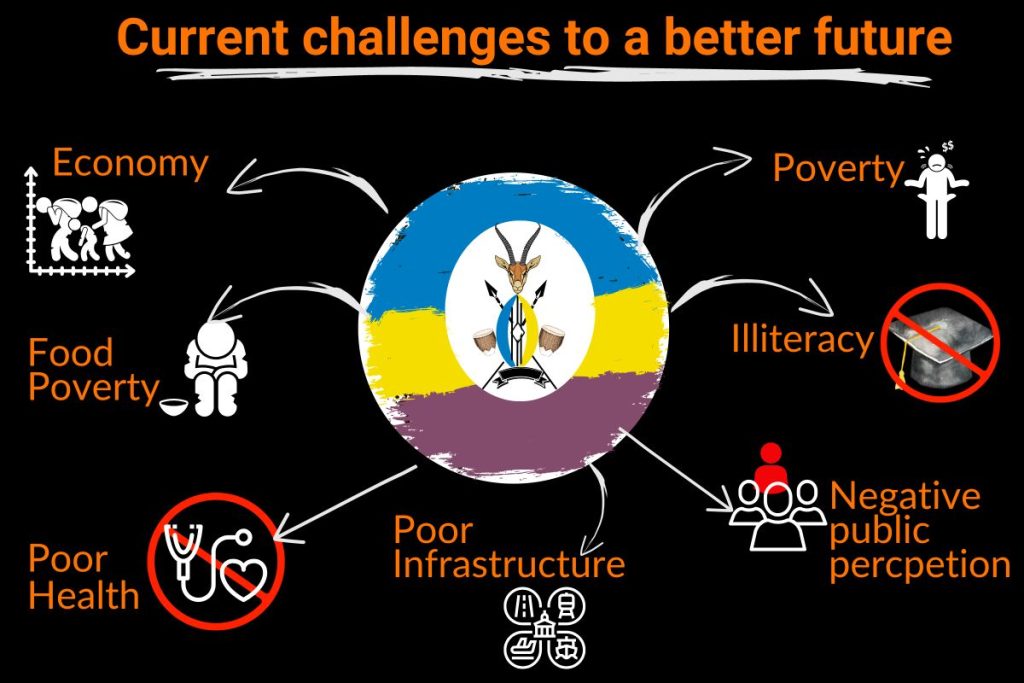
Addressing the Issue of Future Consciousness
Addressing the issue of future consciousness indicates the willingness to deal with the interaction of the intricate and complex challenges faced in Busoga region today. These challenges vary with time and space, involving multiple actors and disciplines. It’s the willingness to develop the ability to make better decisions in and around the unpredictable dynamics of current and future limitations. From the onset, these limitations require us to embrace system thinking for its powerful potential to help minimise risks and address considerable challenges to a noteworthy level.
Building the envisioned futureview requires acknowledging the interconnected relationships between the causes and effects of the region’s challenges. This interwoven relationship of understanding has to be driven by enhanced dialogue, collaboration and coordination of all major regional sectors.
This approach is bound to build an informed and transparent framework for delivering interdisciplinary, integrated and holistic solutions that have the potential to progress the benefits across multiple sectors, disciplines, and systems. This approach can build sustainability because it is enforced by a clear understanding of how our actions impact the vision.
